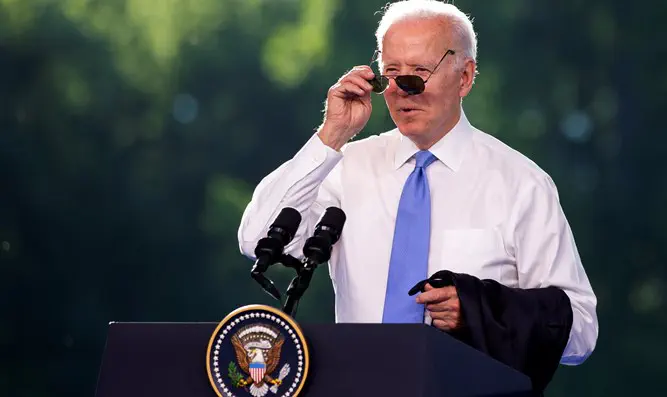by Daniel Greenfield
A generation doesn’t remember life before the crises he created.

Barack Obama turns 60 over the summer. The AARP cover with Barry
posing next to a basketball and a shelf of bestselling non-fiction books
he hasn’t read can’t be too far away.
Once the symbol of youthful hipness, the former boss of Hope and
Change now lectures “young people” on what they should be doing. His
legacy is being carried forward by 78-year-old Biden and the 81-year-old
Pelosi. That’s above the average age of 80 of the House Dem leadership.
The average age of the Biden cabinet is two years older than President Trump’s cabinet.
The gerontocratic technocracy uses AOC as its younger foil, but
she’s been a stalking horse for Bernie Sanders who will hit the big 80
in the fall. The big donors behind the American Left are even older with
George Soros due to hit 90 the same month Obama gets to 60. The even
bigger reservoirs of cash flowing into the leftist machine are coming
from the foundations of men who were born in the 19th century like Henry
Ford, John D. MacArthur, and John D. Rockefeller.
That’s about right for a 19th century ideology whose followers keep trying to make it look young.
Youthful leftism is anarchic. It’s CHAZ, BLM, and Antifa. It’s open
air heroin markets, smashed store windows, and political assassinations.
Turning that anarchy into collectivism requires hysterical propaganda
and rallies that appear anarchic, but are actually tightly controlled,
ideas that seem edgy, but are actually the work of men who were born
during the age of the steam.
If you think Bernie’s old, Karl Marx celebrated his 203rd birthday in May.
Obama’s policies have aged as badly as Marx, Biden, or their front
man. But instead of moderating as they grow older, they only grow more
radical. Obama equivocated on gay marriage, while Biden entirely erases
the existence of women by calling them “birthing people”. Obama covertly
weaponized the government against conservatives, while Biden is doing
it openly. Everything from election rigging through H.R.1 to
indoctrinating every government employee with critical race theory is
happening more openly and blatantly under Biden.
Youthful leftist revolutions break the system while leftist gerentocrats impose the tyranny.
Making tyranny look like freedom requires hefty doses of chaos and
outrage that make it appear that the system is being broken when it’s
actually being built up. Or as George Orwell wrote in 1984, “One does
not establish a dictatorship in order to safeguard a revolution; one
makes the revolution in order to establish the dictatorship.” The
revolution is the thing it’s revolting against.
The end of history keeps arriving only to vanish like a mirage when the youth reach for it.
"This was the moment when the rise of the oceans began to slow and
our planet began to heal," Obama told his followers. Two years later, he
privately snapped, "What does he think I'm supposed to do? Put on my
f------ Aquaman gear and swim down there myself with a wrench?"
Thirteen years have passed and if the planet has begun to heal, Democrats won’t admit it.
The moment of epochal change can never be allowed to arrive because
it would interrupt the permanent crisis. Salvation is always here and
also always out of reach. But there’s always a new generation available
to be fooled again because they know the past doesn’t matter.
History is radically revised every generation not just for what it teaches, but for what it doesn’t.
A revisionist history work like the 1619 Project doesn’t just impose
a radical new racist history, it displaces the past. Another
revisionist history will come along to displace the 1619 Project because
manufacturing history churn is vital to destroying any continuity with
the past. All the academic lenses being swapped one for the other like a
mad ophthalmologist leaves a new generation with a lot of theories, but
no clue that they’re being indoctrinated into a lost cause.
The Left has no new ideas. Like Hollywood, it makes old ideas seem
new by rebooting them, by making them appear hip and trendy, and by
destroying a meaningful connection with the past. And that way audiences
don’t realize they’re just seeing the same movie remade over again.
What might be creative bankruptcy in a movie theater is a more seriously
sisyphean problem described by Churchill as, “Those who fail to learn
from history are condemned to repeat it.”
But how does a new generation learn from a past that isn’t allowed to exist on its own terms?
Demonizing the past is a convenient way of obscuring it. The only
thing students are taught about the past is that it was a horrible time,
its people backward, its customs savage, its learning wicked, its
institutions racist, and its ideas horrifying. In postmodern history,
the past exists only as a cautionary tale gleaned for historical
struggles that fit into the new narrative.
History is an incomplete present whose revolutions were never fully
fulfilled. It’s a revolutionary story of a world ruled by villains until
they were overthrown by the forces of good. And this revolution against
history must continue until all of the past is negated by the present.
The destruction of statues and burning of books forces ‘presentism’
for the past to conform to the dogmas of the moment. The biggest problem
with the past isn’t that it’s politically incorrect, but that it’s
repeating itself. The Black Lives Matter movement transparently harkens
back to the 70s. So do most of the radical social impulses in which the
Left cloaks its real power agenda.
The revolutionary chaos is doomed to fail again, but each oscillation breaks the country more.
The social activism is window dressing. A proper Marxist regime has
little use for militant minorities, feminism, gay rights, police
defunding, transgender bathrooms, pipeline protests, abortion, or any of
the other issues the radicals have been using to waste our time. If you
doubt that, go look at how many of any of the above you can find in
China, Cuba, or North Korea.
The Russian Futurists vowed to throw the art and literature of the
past overboard from the “steamship of modernity”. But the Bolsheviks
were not looking for disruptive art and when the revolution arrived,
modern art was tossed overboard and the former revolutionaries settled
down to producing socialist realism and recreating the art of the past
for the Soviet Union.
After a brief permissive period, the Soviet Union criminalized
homosexuality and insisted on traditional marriages and roles for women.
Those feminists who resisted were soon shown their place with one of
the more notorious free love figures being forcibly married off by
Lenin.
The dictatorship had eclipsed the revolution and the past was quickly rewritten all over again.
As Obama approaches his sixtieth birthday, the age at which
Khrushchev struggled for control of the USSR and Mao launched his Great
Leap Forward, two events that would require a good deal of historical
editing, our American past is already being rewritten. Only those who
are at least in their thirties will remember that there wasn’t a racial
crisis before Barack Obama.
And there hadn’t been such a crisis for a generation before he took power.
Our racial crisis is not a legacy of 1619, but of 2008. Obama’s
victory was not a revolution against a crisis, but the revolution that
created the crisis. To a new generation, the racial crisis is a
permanent feature of life. They have always lived under the crisis and
expect to always live under it. That is why critical race theory and
white privilege rants have become so pervasive.
Without a generation coming of age in a world shaped by the toxic
idea that all white people are evil and all minorities are victims, no
one outside academic circles would have willingly accepted them. And if
that generation seems all too easy to radicalize into supporting the
most insane policies, that’s because it grew up in a world defined by
the hysteria of manufactured crises.
The world as they know it is doomed by melting ice caps, the rich
getting richer, and the genocide of black people at the hands of the
police. Every radical program is backed by a sense of urgent crisis
which is killing people and destroying the future. They can’t imagine a
present without the crisis and don’t remember ever living in a world not
defined by crisis.
As Obama gets closer to his AARP cover, a generation lives in the world that he made.
Like Obama, his radical political movement speaks endlessly about
the past, but has no actual past. Its past is always being reinvented
and retold through new narratives, but with no facts.
The Obama revolution has come and gone. We have skipped past it to
the Soviet Union of Chernenko and Andropov, of gerontocrats building the
tyranny with the beams of revolution. The decline is everywhere as the
theories fail, the factories close, and the stores stand empty.
The youth are being rallied to cheer for the revolutionary tyranny
of Joe Biden, Nancy Pelosi, and Chuck Schumer who are promising a new
era in history no one believes in anymore. Since the election their
cause is no longer free college, it’s federalizing elections through
H.R.1.
Federalizing elections, eliminating the filibuster, and packing the
Supreme Court are compelling issues in Washington D.C., but the regime
plotting new coups has little to say to the ordinary people facing high
prices for gas and bread. Land, Bread, and Peace has given way to a race
for total power over the country as the revolution of Hope, Crisis and
Change comes of age.
There’s no change without crisis, and without hope, there’s only hate.
Daniel Greenfield, a Shillman Journalism Fellow at the Freedom Center, is an
investigative journalist and writer focusing on the radical Left and
Islamic terrorism.
Source: https://www.frontpagemag.com/fpm/2021/06/obama-and-broken-nation-he-made-come-age-daniel-greenfield/
Follow Middle East and Terrorism on Twitter
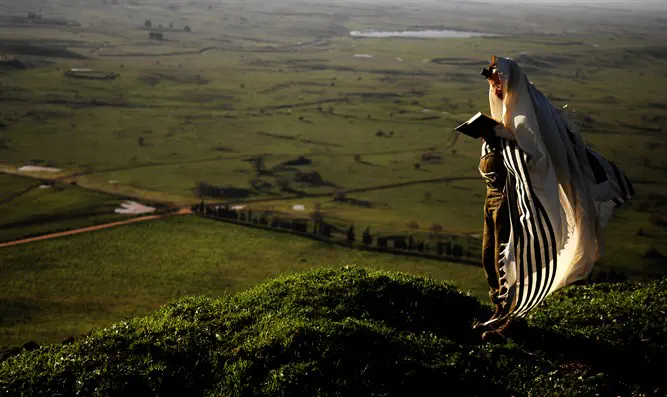

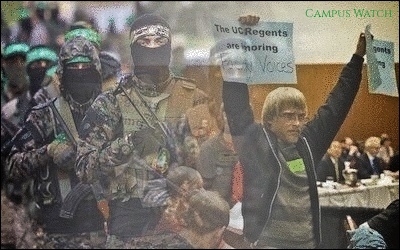
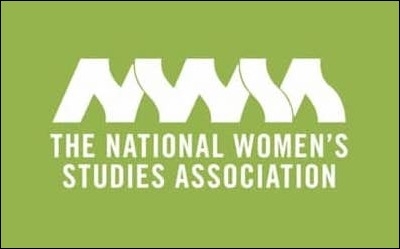

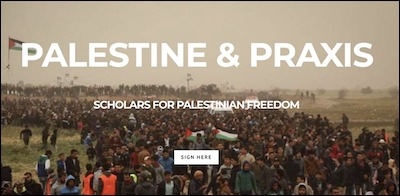

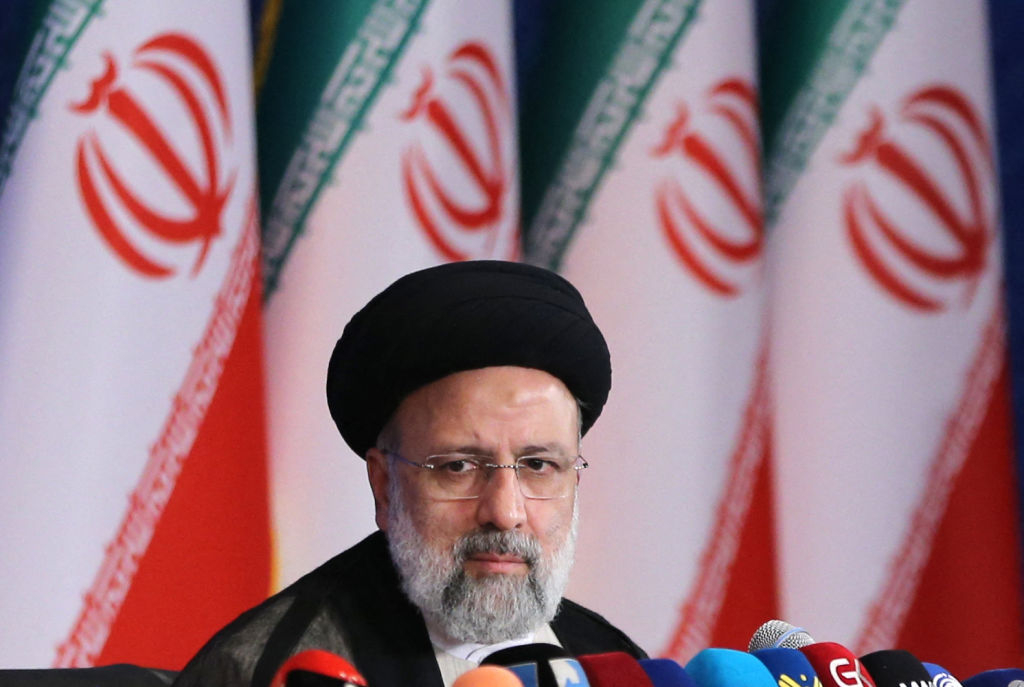

 In an interview with Huffington Post, Shaner
In an interview with Huffington Post, Shaner 
